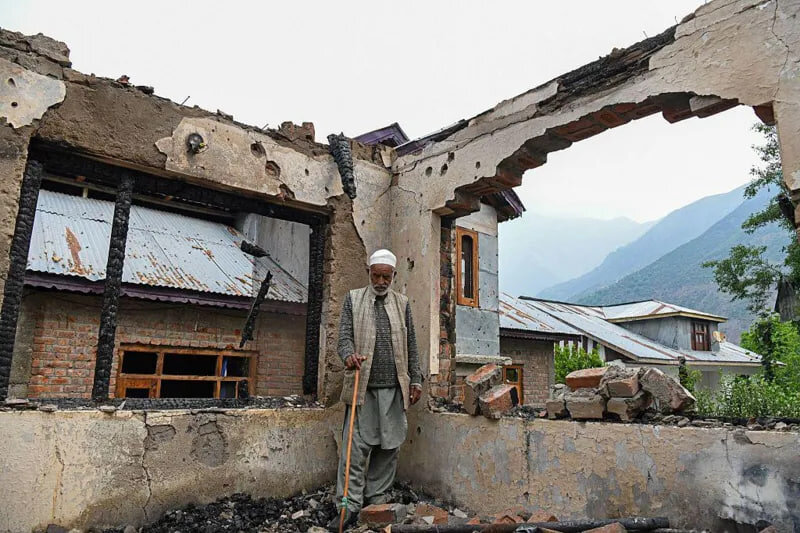In the heart of South Asia, two nuclear-armed giants, India and Pakistan, find themselves caught up in a direct conflict that poses a major threat to regional stability and global peace. The recent horrifying attacks on tourists in Pahargam have sent shockwaves through the community, leaving behind legacies of loss and fear, and the amount of military power cannot be erased.
However, this tragic incident sparked an unexpected and powerful voice for the sanctity of human life. Cassimiris himself condemned violence claiming innocent life. This collective protest is in stark contrast to the general atmosphere of militarism and hostility, highlighting the desperate need for dialogue and reconciliation.
Events in the past few weeks have once again highlighted the deep vulnerabilities and catastrophic costs associated with armed conflict. Both countries stand on the cliff of nuclear nightmares and require a multifaceted understanding of the situation that recognizes its impact on global security.
Principles of Nuclear Deterrence – Theories that suppose that the devastating consequences of nuclear war would inherently prevent states from being involved in such conflicts are becoming increasingly unstable in the current tense climate. As tensions continue to expand, the risk of nuclear weapons entering the spotlight becomes more realistic than ever.
In this context, we cannot overlook the role of social and traditional media. They not only strengthened the rhetoric surrounding conflict, but also created an environment in which the cry of non-military solutions was drowned by the drumbeats of war.
Historically, India and Pakistan have navigated conflicts through dialogue, treaties and agreements. However, the modern media landscape, characterized by sensationalist and militaristic narratives, threatens to obscure the possibility of a peaceful solution.
The outcome of this conflict is keenly felt by the most vulnerable groups: civilians who live close to the control lines (LOCs) and borders.
Ongoing military tensions have resulted in catastrophic losses in life and livelihoods, and have driven away countless families and tension communities. Regions such as Pilpanjar and northern Kashmir have been wounded by civilian victims and are forced by many residents to live with the ghosts of daily violence and uncertainty.
Furthermore, the recent “dogfight” of the sky above served as a harsh reminder of transforming into a dangerous game of high stakes when unresolved political conflicts were ignored or placed aside for national pride and egoism.
We are now facing a time bomb that can explode with slight miscalculation, which can destabilize not only the direct region but also the large belt of the Earth.
From the ongoing Russian-Ukraine conflict to the Western Asian region, ongoing conflicts are more than just statistics. They represent the real human life. Families were evacuated, children were hurt, and communities were shattered.
Disastrous consequences include loss of shelters, access to basic necessities, newborn health care, and proper nutrition, creating a humanitarian crisis that calls for urgent attention.
In this unstable landscape, the orders of dialogue were by no means clear. Ending extremist ideology and promoting an environment of understanding and cooperation is important to ensure the safety and security of all people in the region.
Only by embracing diplomacy and reducing anti-popular rhetoric can we hope to build a more peaceful and safe world for future generations.
(Author can access [email protected]/x:@agasyedmuntazir)

